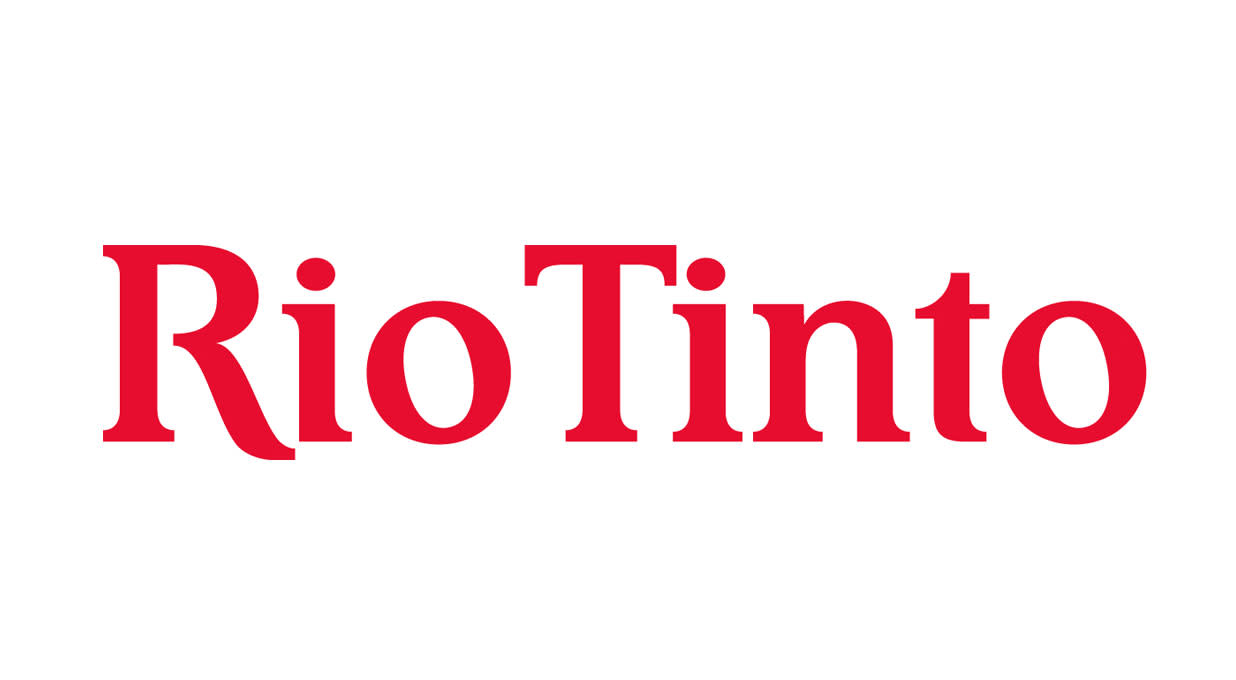Did Jakob Stausholm jump or was he pushed out of the top job at the world’s second biggest mining company, the London-based but Australian focused Rio Tinto?
Perhaps a bit of both is the correct answer with hints that Stausholm had clashed with other board members on recent events and future investment plans, especially a full-blooded charge into the problem plagued lithium industry.
Whatever the truth, investors took the early exit of the likeable Danish-born businessman who had served little more than four years as chief executive with the company’s shares slipping by just 1.7%, in line with a weaker market for miners.
Platitudes flowed freely from Stausholm and Rio Tinto chairman Dominic Barton in the formal five paragraph surprise announcement which was headed “Rio Tinto announces chief executive succession plan."
Barton said Stausholm had restored trust with key stakeholders and aligned the company’s portfolio where demand growth was strongest.
Stausholm, in the same statement, said it has been an absolute privilege to lead Rio Tinto, one of the great mining and materials companies in the world.
But until late yesterday there had not been the slighted hint that Stausholm was planning to leave early having only switched from his role as chief financial officer to chief executive in early 2021.
High CEO Turnover
The abruptness of the announcement about the end of Stausholm’s time at Rio Tinto follows equally dramatic CEO events at the company including the 2013 exit of Tom Albanese after heavy losses on a coal deal in Mozambique, the departure of Sam Walsh after a troubled investment in a Guinea iron ore project, and the exit of Jean-Sebastien Jacques in 2020 after the accidental destruction of a site sacred to Aboriginal groups.
Reasons for Stausholm’s premature departure are topped by speculation that other senior executives are not as convinced as he is of the potential for lithium to become a core industry for the company.
Since committing to develop a lithium brine processing business in Argentina the lithium price has been in freefall, worsening after Stausholm agreed to the $6.7 billion acquisition last year of Arcadium Lithium, taking Rio Tinto’s exposure up to an estimated $20 billion.
Other big miners, including archrivals BHP, Anglo American and Glencore, have steered clear of lithium, am important metal in batteries, but one which is also abundantly available puts suffers from extremely volatile pricing.
Another problem which has developed during Stausholm’s time as CEO is a decline in the grade of ore extracted at the company’s west Australian iron ore mines which means reduced payment from steel mill customers.
Whoever gets the top job at Rio Tinto will also find a crisis brewing in the iron ore division which generates close to 80% of the company’s annual profit with organised labor making a determined push to re-unionize the operations, with the support of the left-leaning Australian Government.
Two men have already been named as Stausholm’s possible successor, the current head of the iron ore division, Simon Trott, or the chief commercial officer and former head of the copper division, Bold Baatar.
This article was written by Tim Treadgold from Forbes and was legally licensed through the DiveMarketplace by Industry Dive. Please direct all licensing questions to legal@industrydive.com.

